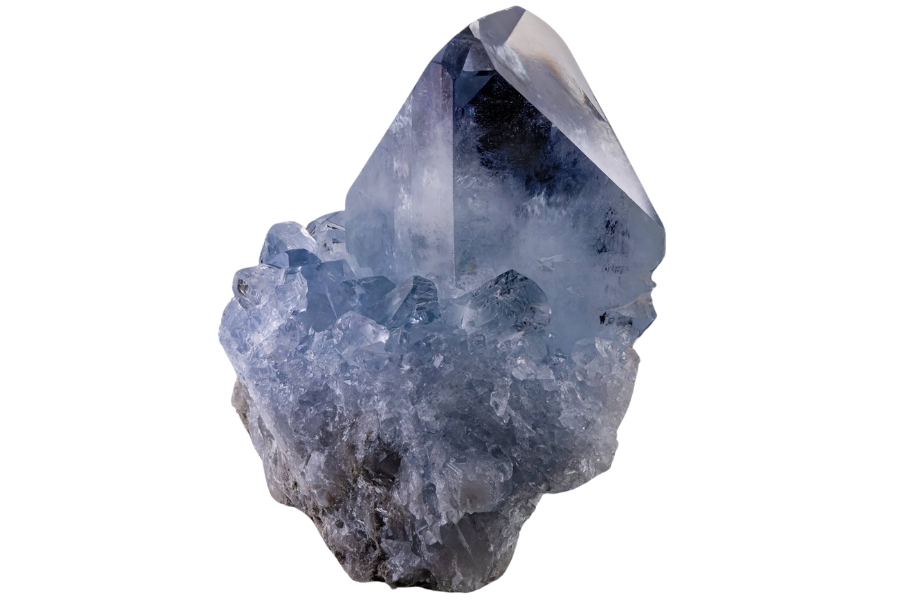We have always been fascinated by blue gems, which come in a wide range of colors from the lightest sky blue to the darkest ocean indigo. These gems are more than just pretty to look at; they also have a lot of interesting qualities.
Each blue crystal is like a tiny piece of the sky or a drop from a huge ocean, stuck in a solid, sparkling shape.
Why do you think we’re so drawn to the color blue? It’s not just mere appearance. Blue is often used to represent peace, wisdom, and calm. Having a blue gem in your hand is like having a piece of peace in your hands.
In our article, we’ll dive into the enchanting world of blue crystals. We’ve compiled a list of our favorite blue gems, exploring their origins, meanings, and why they continue to charm us.
Whether you’re a crystal enthusiast or just curious about these azure crystals, there’s something for everyone on this sparkling blue journey!
Our Favorite Blue Crystals
We’ll show you our hand-picked collection of favorite blue gems. Each one is a stunning work of nature’s art. We’ll learn about their unique stories and the fascinating things that make them stand out.
Benitoite
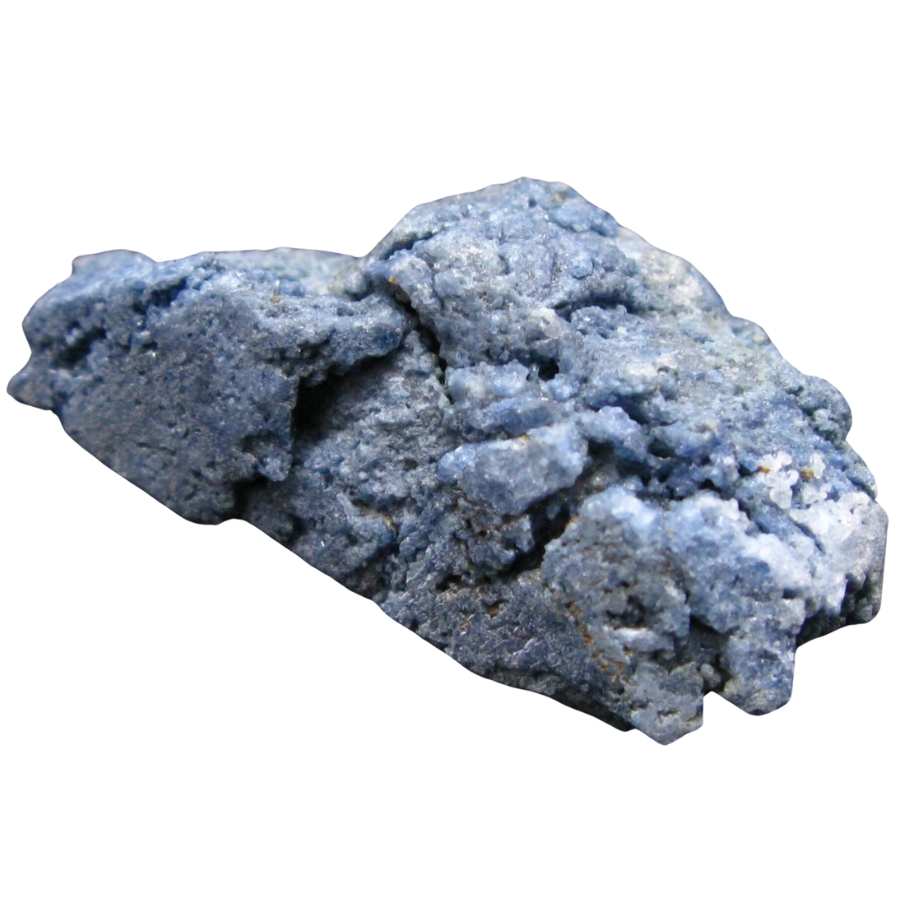
Benitoite is a rare and fascinating gem found in California in 1907 near the San Benito River. That’s how its catchy name came about! The beautiful blue color makes it stand out.
At times, it can look like the ocean or a clear sky. Benitoite is cool because it’s pretty to look at and glows under UV light, showing off bright blues and purples. It’s like having a piece of the night sky in your hand!
It’s pretty hard to find this gem, which makes it a real prize. It’s only found in one place in California, and to find it somewhere else would be like discovering a secret gem.
Benitoite is also used to make jewelry. Because it’s so rare, jewelry made of the crystal can look a little fancy and is often considered a treat. Putting on benitoite jewelry is like putting on a unique artwork of nature.
It’s not just a gem; it’s a little piece of natural wonder that brings a bit of California’s magic wherever it goes.
Blue Diamond
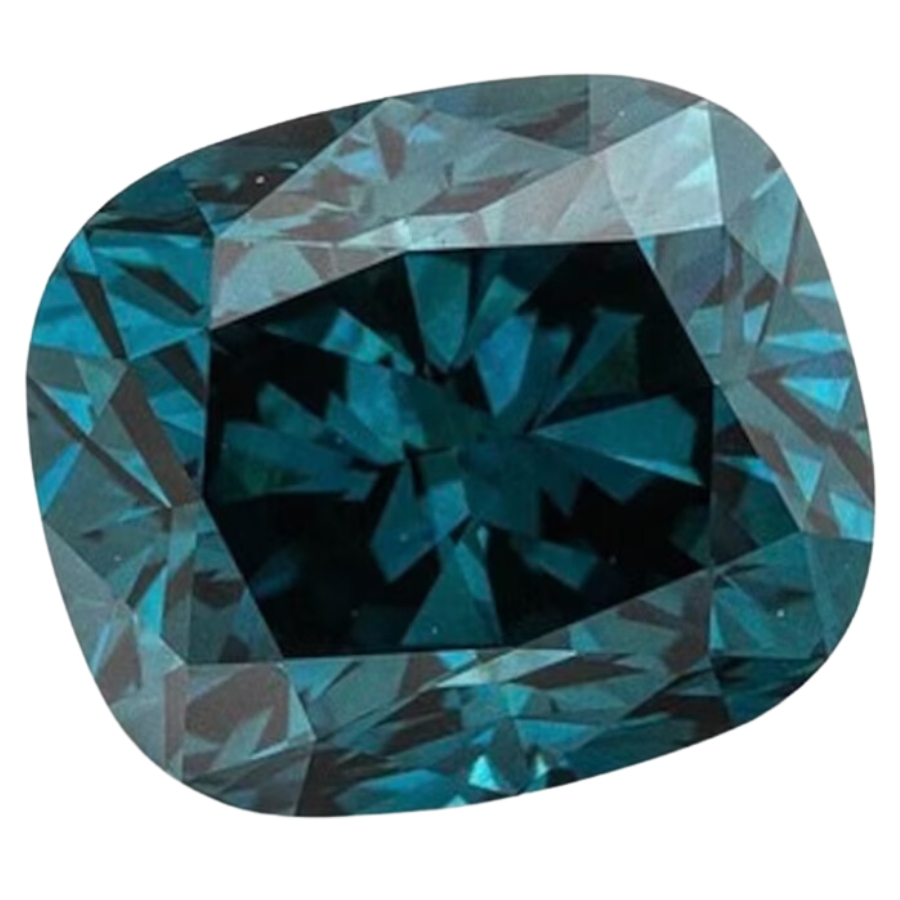
Blue diamonds are rare gems with a deep blue color, thanks to the element boron within their structure. They’re part of the diamond family, which includes other colors like pink and yellow. The name “blue diamond” comes simply from their color.
The story of blue diamonds is very interesting. The Hope Diamond is the most famous. It has a beautiful deep blue color and is said to be cursed. Since the 1400s, people have praised these diamonds for their beauty and scarcity.
Blue diamonds are a sign of power, wealth, and rank. They are also linked to spirituality and peace. They’re thought to bring luck and happiness to many.
South Africa and Australia are where you can find the most blue diamonds. They are mostly found at the Cullinan Mine in South Africa.
They are very popular among fans and jewelry lovers because they are often used to make rings and necklaces. Their value comes from how hard it is to find them and how hard it is to mine and cut them into jewels.
Not only are they beautiful, but they are also a sign of wealth and rarity.
Celestite
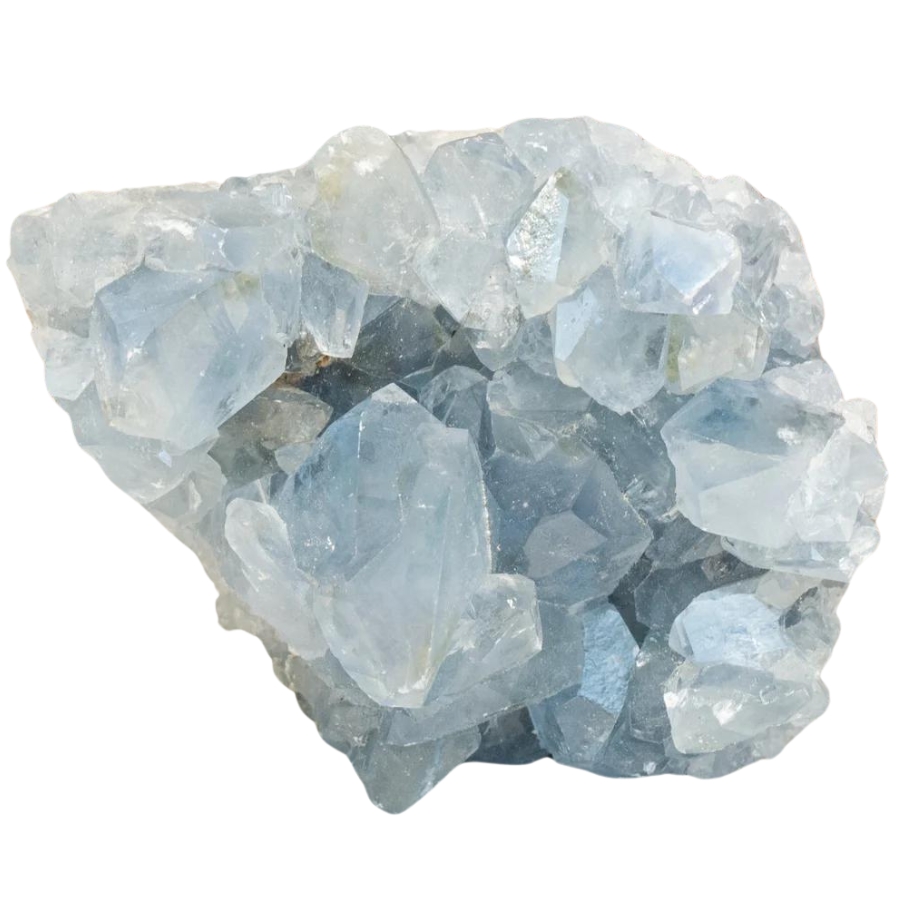
Celestite, sometimes called celestine, is a beautiful crystal known for its soft blue color, which can be anywhere from pale to sky blue.
The color of the flower, which gave it its name, “caelestis,” which means “heavenly,” inspired the name. Strontium sulfate is what this mineral is made of.
Celestite has been around for a long time, but people started to like it in the 1700s. It’s not just pretty to look at; fireworks and flares use it because it has strontium in it, which helps make the colors bright red.
This crystal can be found in the UK, Egypt, Madagascar, and Mexico, among other places. Madagascar is where you can find the clearest and most beautiful celestite gems, especially the blue ones.
Dumortierite
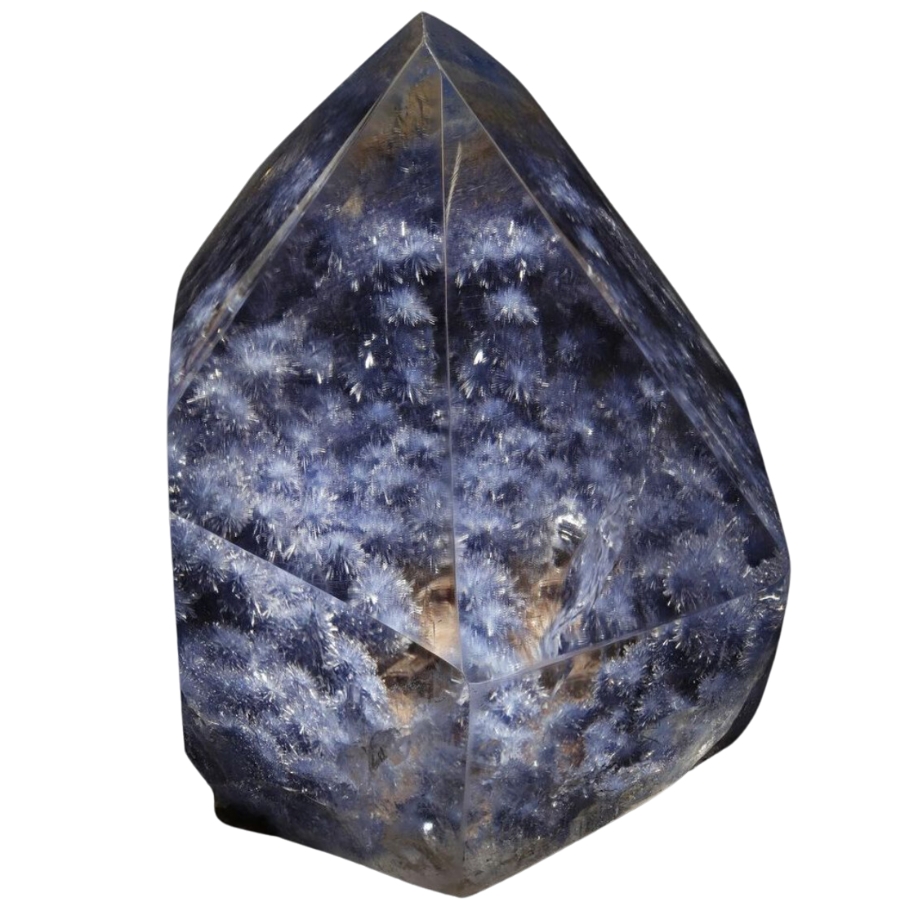
Dumortierite is a unique blue or violet-blue mineral named after Eugène Dumortier, a French scientist, and was found in 1881. It’s not as well known as some other jewels, though. It usually forms in metamorphic rocks that are high in aluminum. It’s tough and hard, which makes it great for jewelry.
It’s common for people to use dumortierite for decoration. It’s used to build statues, and are included in beads, and cabochons, which are smooth, round gems. Its color is sometimes even used in pottery and porcelain.
This mineral can be found in many places worldwide, such as Norway, Brazil, Canada, France, Italy, Madagascar, Namibia, Nevada, and the United States. But Brazil is known for making some of the most beautiful examples.
There are several reasons why dumortierite is valuable. It’s a popular, less expensive choice because of its beautiful deep blue color that can make it look like more expensive stones like sapphires.
Kyanite
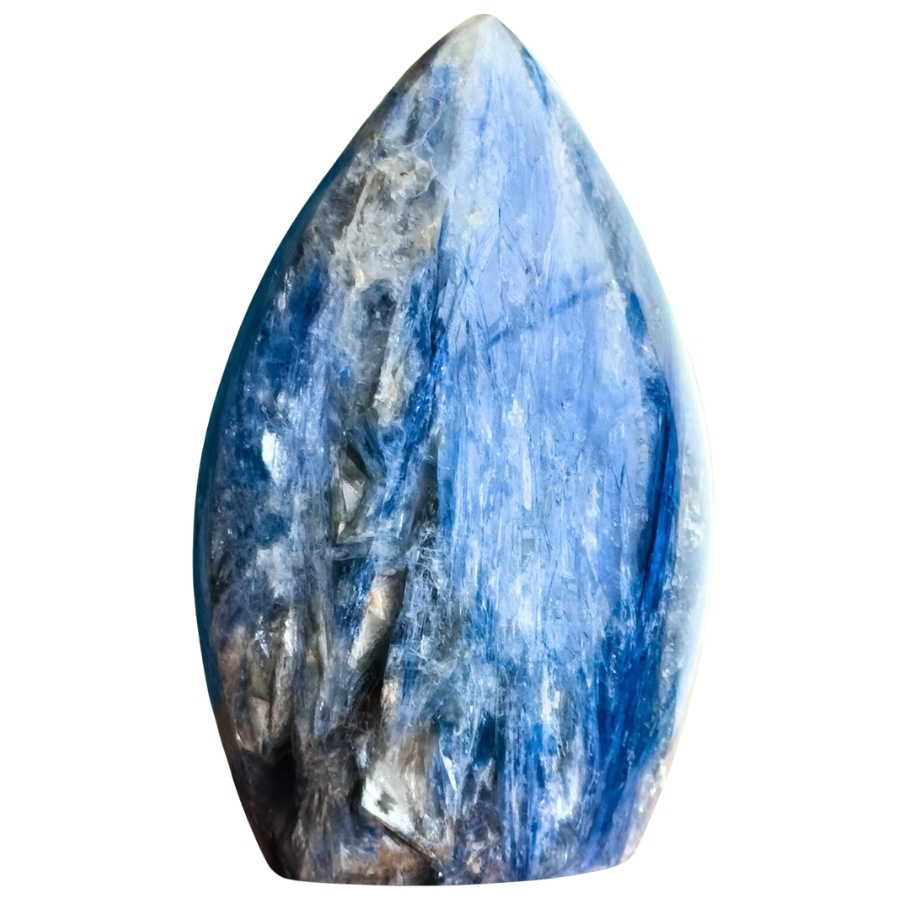
Kyanite is a beautiful and rare crystal that is known for its bright blue color. The word “kyanite” comes from the Greek word “kyanos,” which means “deep blue.” This mineral is in the same group as andalusite and sillimanite, which are aluminosilicates.
Kyanite is unique because it’s made up of two crystals with different levels of hardness. You can scratch it along the crystal’s long axis, which makes it harder, or across it, which makes it lighter.
Jewelers who are good at what they do can still make beautiful pieces from it even though it is hard to cut and use.
It’s mostly found in rocks that have changed over time and is often found with quartz, mica, and almandine garnet.
The best kyanite comes from places like North Carolina and Georgia in the United States, as well as Brazil, Nepal, Kenya, Myanmar, Austria, and Switzerland.
It’s often used in jewelry and as a collectible because of its bright blue color. Because it’s not as well known as sapphire or other jewels, kyanite is a unique and interesting choice.
Moonstone
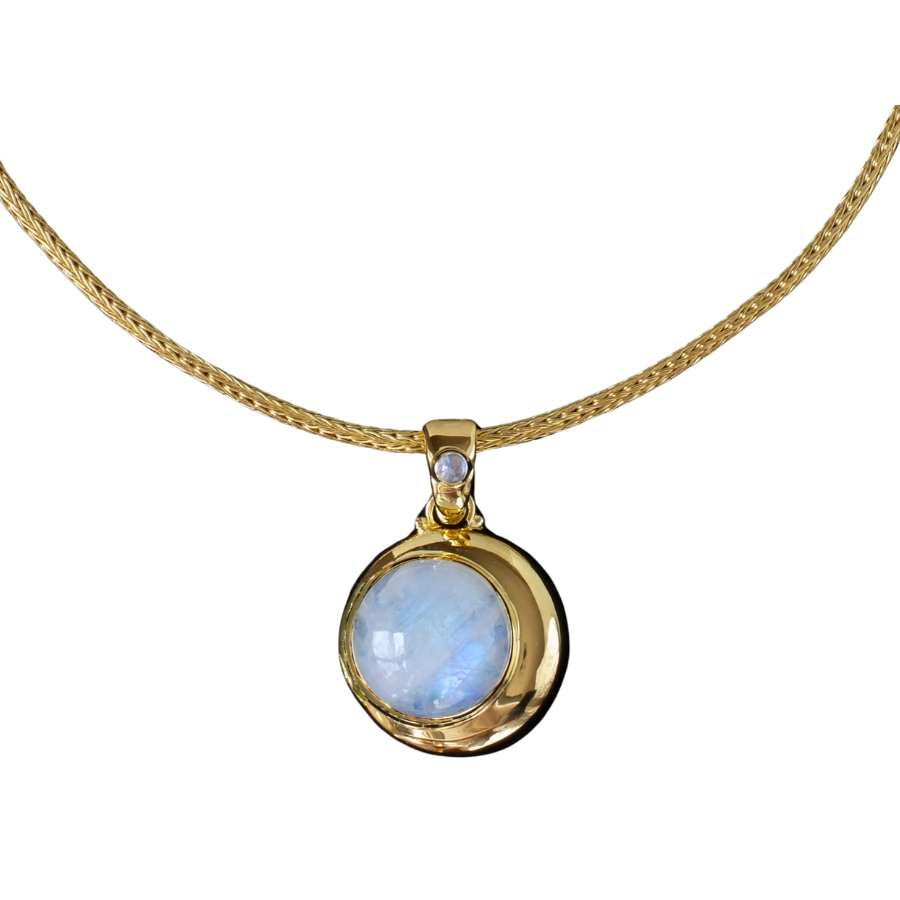
Moonstone is a lovely gem known for sparkling and looking like the moon. The stone looks like it’s glowing from the inside out because of a phenomenon known as adularescence. This unique glow is where the name “moonstone” came from.
The color of moonstone can be clear, gray, brown, yellow, green, or pink. Moonstones with a blue or rainbow sheen are the most valuable. Most of them are cut into cabochons, which makes them shine even more.
There are many places in the world where you can find this stone. People in the past, like the Romans and Greeks, thought that moonstone was connected to their gods of the moon.
They can be found in India, Madagascar, Myanmar (Burma), the United States, and Sri Lanka. However, the best ones come from Sri Lanka.
Pendants, rings, and earrings made of moonstone are very common. Moonstone is a unique and sought-after gem because of the way it shows light.
This stone is popular with people interested in astronomy and metaphysical things because it is linked to the moon and feminine energy.
Spinel
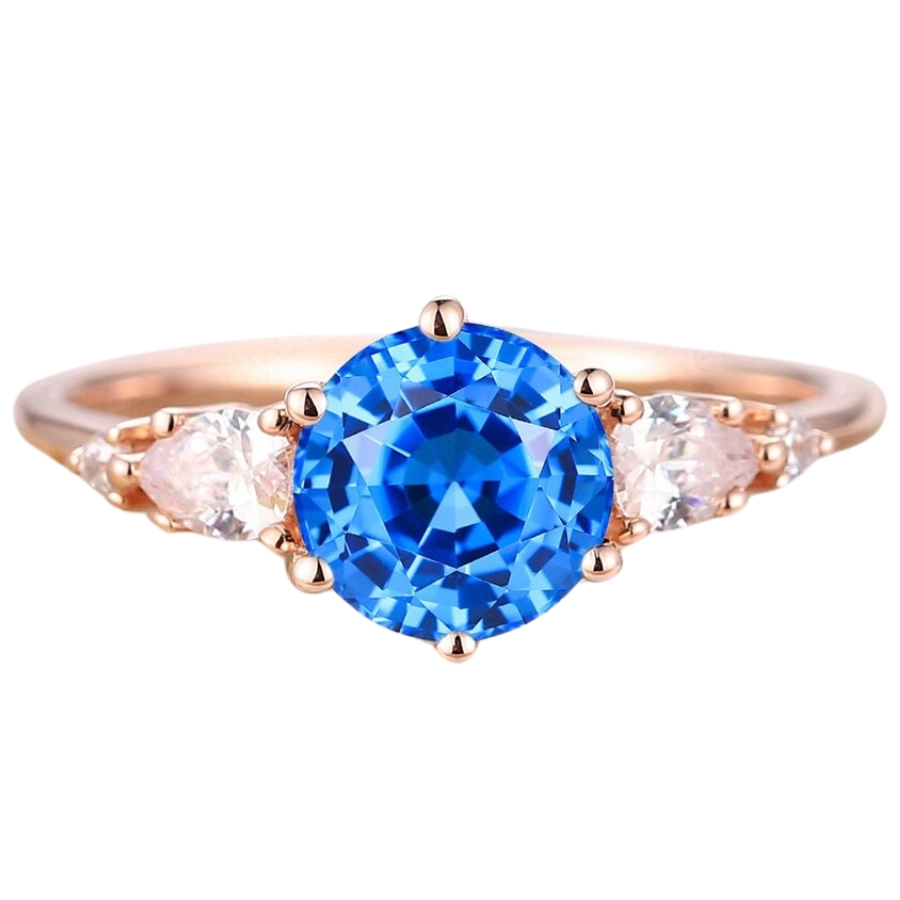
Spinel is a stunning gemstone often mistaken for ruby or sapphire because of its vibrant colors. The name “spinel” comes from either the Latin word “spina,” meaning thorn, due to its pointed crystal shape, or the Greek word “spinther,” meaning sparkling.
This gemstone is known for its hardness and bright luster. It comes in various colors, including red, pink, blue, lavender, violet, and even black.
Spinel is found in many places, such as Sri Lanka, Afghanistan, Myanmar (Burma), Vietnam, and Tanzania.
People have valued spinel for centuries, not just for its beauty but also for its rarity. It’s used in all types of jewelry, like rings, necklaces, and earrings. Jewelers and gem collectors especially seek out spinel for its rich colors and brilliance.
Dark Blue Crystals
Besides being beautiful, dark blue crystals have a special place in the world of jewels because of their deep, mesmerizing colors. In this section, we’ll learn about their unique qualities, meanings, and uses in different traditions and cultures.
Azurite
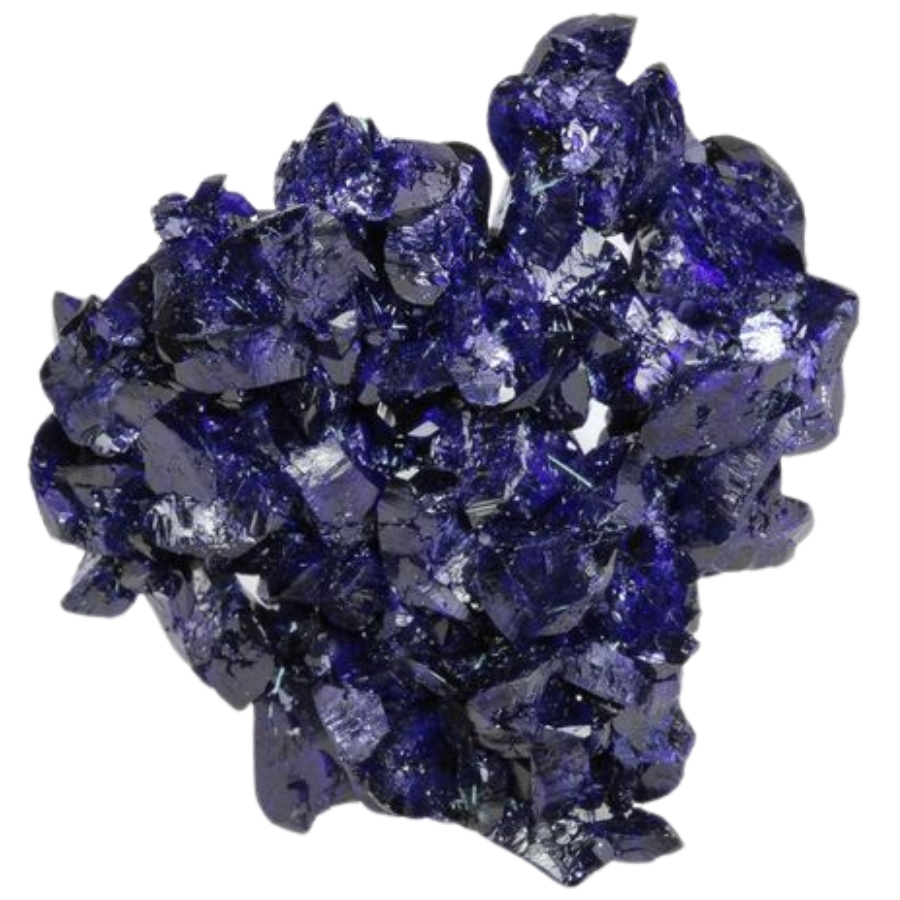
Azurite is a beautiful blue gemstone that is known for being very blue. The word for blue in Persian is “lazhward,” which is where the name comes from.
It’s made when copper ore deposits mix with carbonate rocks and air. It often shows up with green malachite, which is also a copper mineral.
In the past, the Egyptians used azurite for art and beauty products. It was often used as a blue paint color during the Renaissance until synthetic pigments came along and took its place.
Azurite is mostly found in places where copper is mined. A lot of it comes from the United States, especially Arizona, as well as France, Namibia, Russia, and Australia.
Chessy in France is often where the best azurite is found, which is why it’s sometimes called “chessylite.”
Azurite is valuable not only because it’s pretty, but also because it’s rare and has historical value. Jewelry is made from it, but it needs to be handled carefully because it’s soft.
Iolite
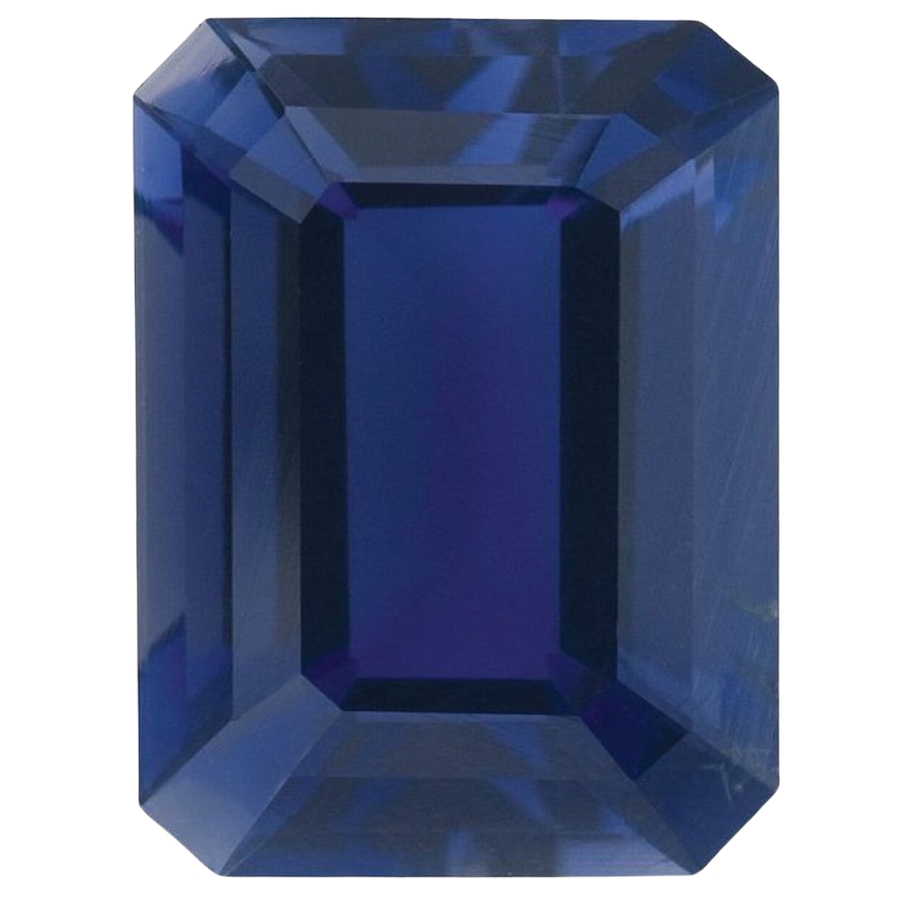
Iolite is a beautiful stone that is known for being blue-violet. “Ios,” which means violet in Greek, is where its name comes from. Pleochroism is a cool property of iolite that means it shows different colors from different angles, such as blue, violet, and yellow-gray.
Vikings used iolite to find their way when it was dark in the past. On cloudy days, they used small slices of this stone to find the sun. This is why iolite is also known as “Viking’s Compass.”
Because iolite is pretty hard, it can be used to make jewelry like chains, earrings, and rings. It is a popular option to more expensive blue gems like sapphire because of its unique color and low price.
This gem can be found in many places. India, Sri Lanka, Mozambique, Zimbabwe, and Brazil are the most important sources. The reserves in India and Sri Lanka stand out because of how unique they are.
Labradorite
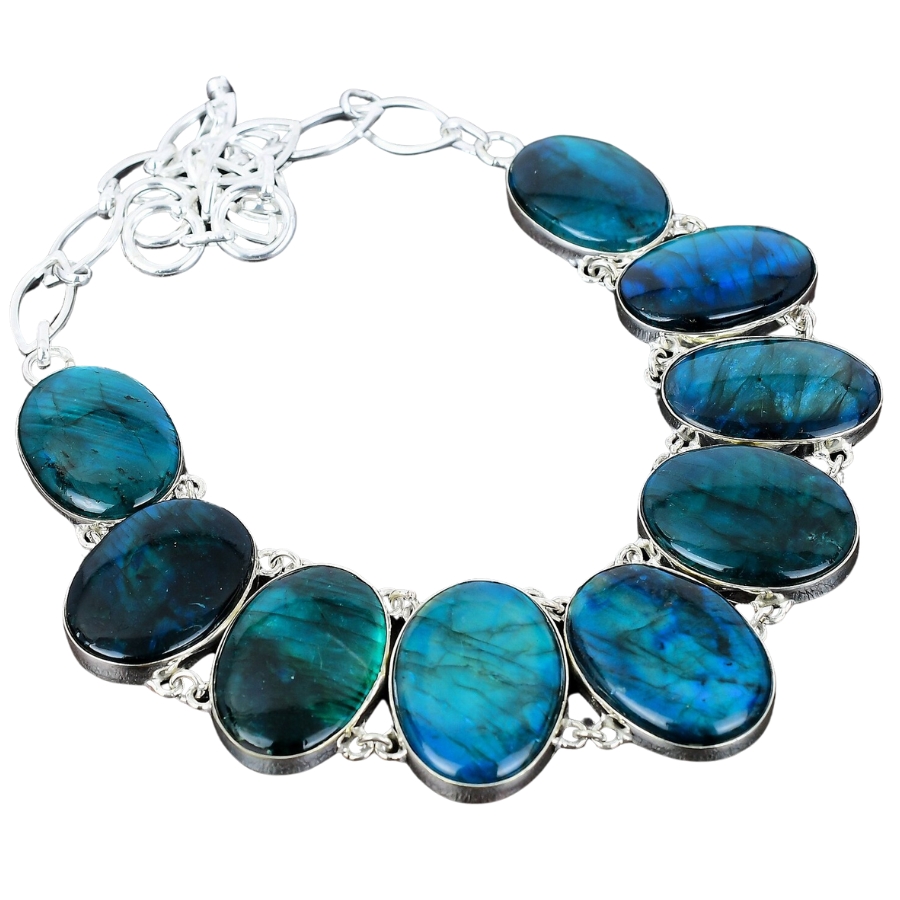
Labradorite is a one-of-a-kind rock that stands out because of its magical show of iridescent colors. This is called labradorescence.
It got its name from the place where it was first found, Labrador, Canada. When the light hits this stone, it can change colors, like blue, green, gold, and sometimes even purple or red.
It’s a feldspar stone, the same family as moonstone and sunstone. For jewelry like pendants, earrings, and bands, labradorite is great because it’s pretty hard and lasts a long time. Each piece is different because of how it shimmers and changes colors.
Labradorite can be found in many places around the world. Canada, Norway, Madagascar, and Finland are some of the main sources. In Finland, you can find a type called Spectrolite that has very bright colors.
Lapis Lazuli
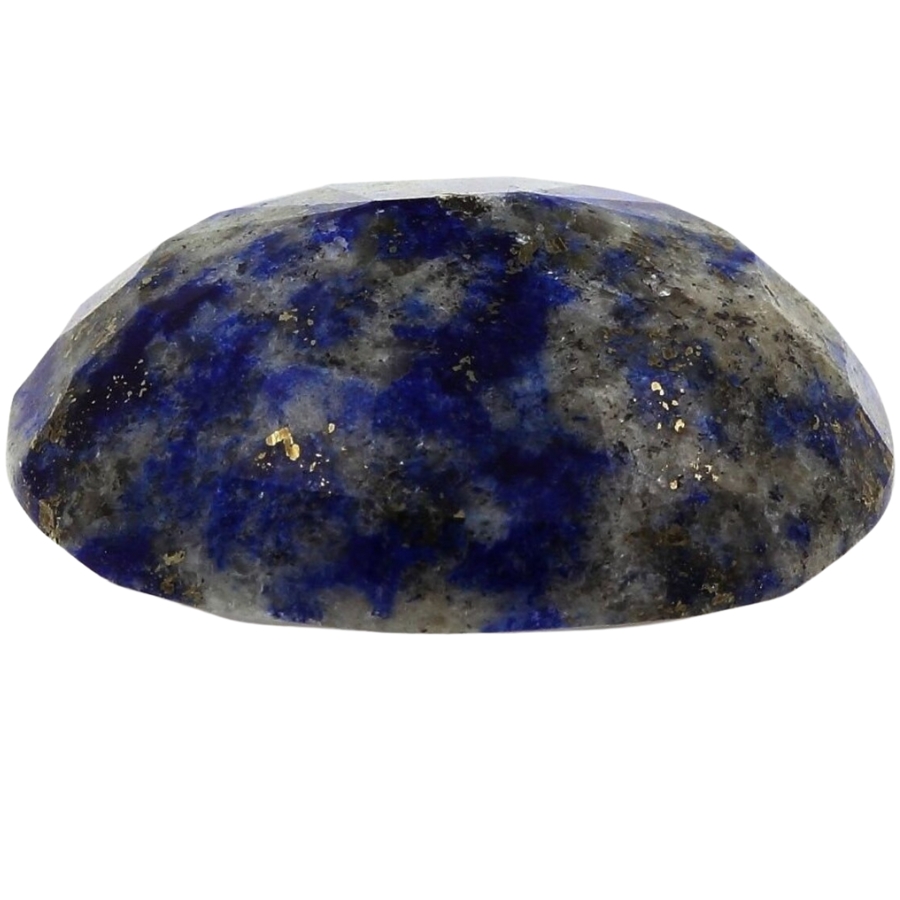
People have been interested in lapis lazuli, a deep blue stone with gold and white sparkles, for a very long time. The name comes from the Arabic word “azul,” which means blue, and the Latin word “lapis,” which means stone.
Lazurite, which gives this stone its rich blue color, is one of many minerals that make up this rock, not a mineral.
In the past, lapis lazuli was very valuable in places like Egypt, where it was used to make jewelry and decorate important objects. Not only that, but it was also ground into a powder to make ultramarine, a rare blue color that Renaissance artists used.
Today, Afghanistan is where you can find the best lapis lazuli. It is also mined in Chile, Russia, and Canada. The stone from Afghanistan is known for having a deep blue color and few calcite or pyrite crystals in it.
Lapis lazuli is mostly used to make jewelry and other decorative items. It’s often used to make necklaces, earrings, and bands because of its deep blue color and interesting golden pyrite flecks.
People all over the world still love lapis lazuli because of its history, beauty, and spiritual connections.
Sapphire
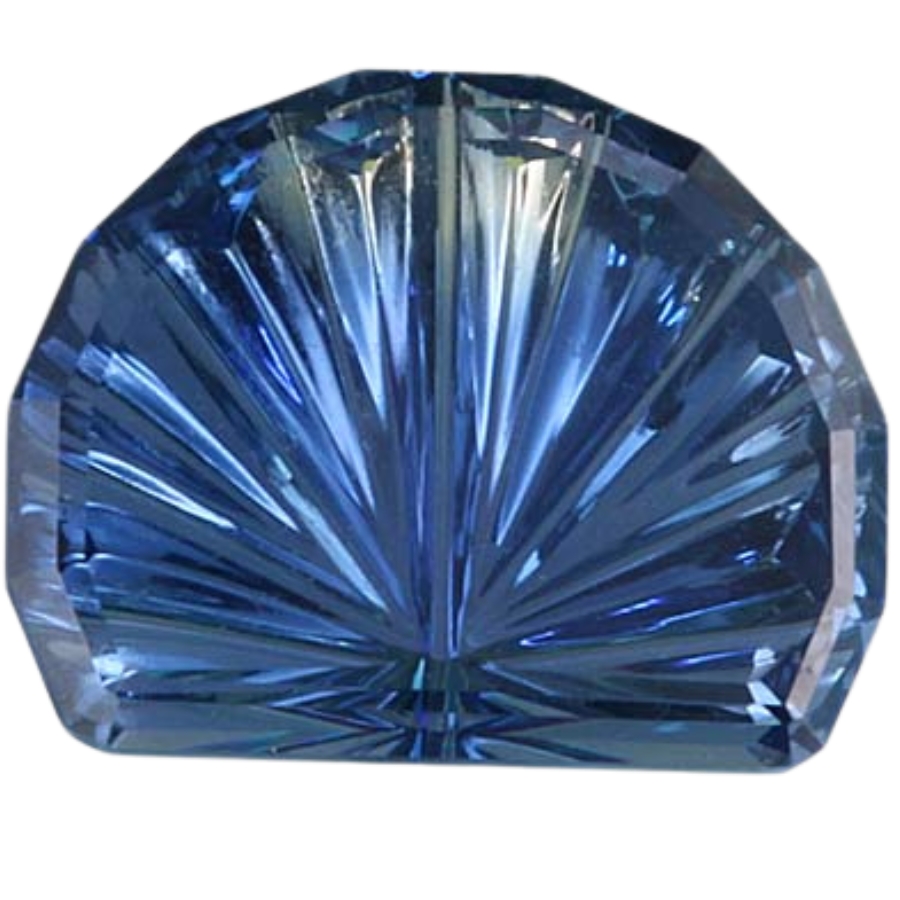
One of the most popular gems is sapphire, which is a bright blue stone. “Sapphire” comes from the Latin word “sapphirus,” which means “blue.” Ruby and this gem are both made of corundum, which is the same material.
However, sapphires are blue because they have small amounts of iron and titanium in them.
For thousands of years, people have loved diamonds. Kings and queens thought that they kept them safe from harm and jealousy. Some people in the past thought that the blue color of the sky came from sapphire stones reflecting light.
There are many places to find sapphires, such as Burma (Myanmar), Kashmir, Sri Lanka, Madagascar, Thailand, and Australia. It’s hard to find Kashmiri stones, but they’re famous for being very blue and smooth.
People value sapphires because they are beautiful and strong, which makes them great for making rings, bracelets, and earrings. They’re also the birthstone for September and stand for honesty, loyalty, and knowledge.
Sodalite
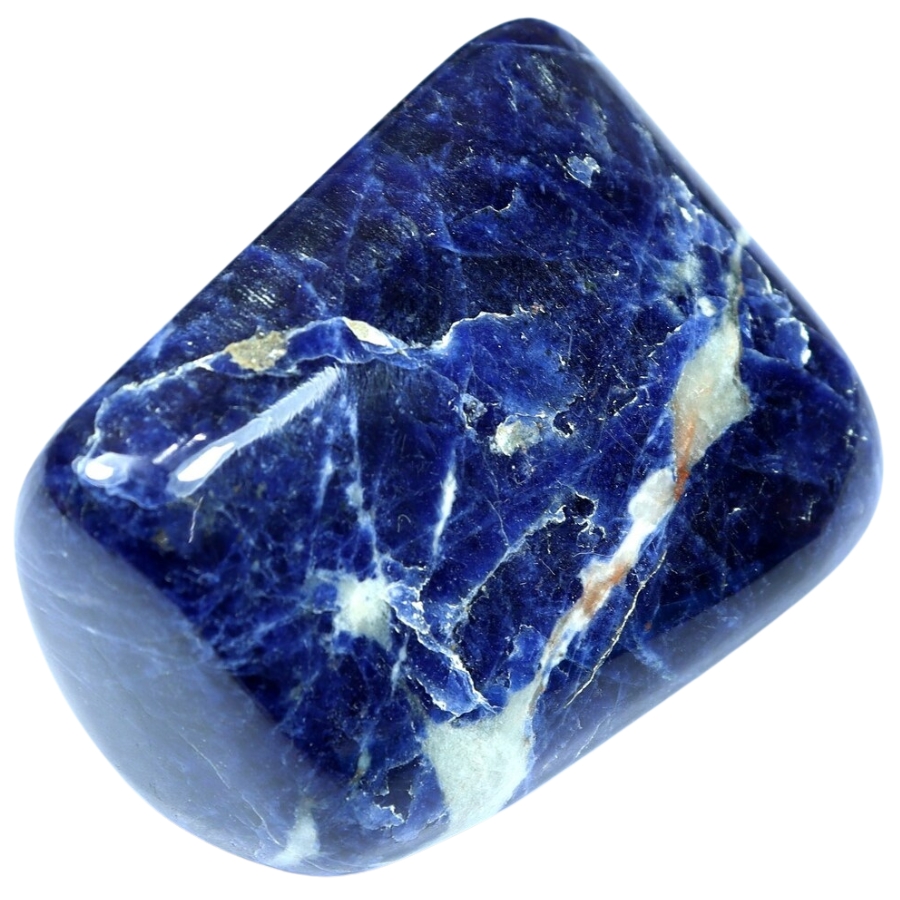
Sodalite is a lovely dark blue stone with white lines that makes it look like the night sky. It got its name from having a lot of sodium content.
Even though sodalite was found in Greenland in 1811, it didn’t become famous until 1891, when large deposits were found in Ontario, Canada.
This gem is a feldspathoid crystal, and its deep blue color, which can be light to dark, makes it stand out. A lot of jewelry, like necklaces and bands, and home decor, like vases and small sculptures, are made from it.
Because sodalite is softer than most jewels, it must be handled carefully. People who like gems and collect rare stones love sodalite because of its unique blue color and white designs.
The main places where you can find sodalite are in Brazil, Canada, Namibia, Russia, and Greenland. The bright blue color of the stones from Canada makes them very valuable.
Tanzanite
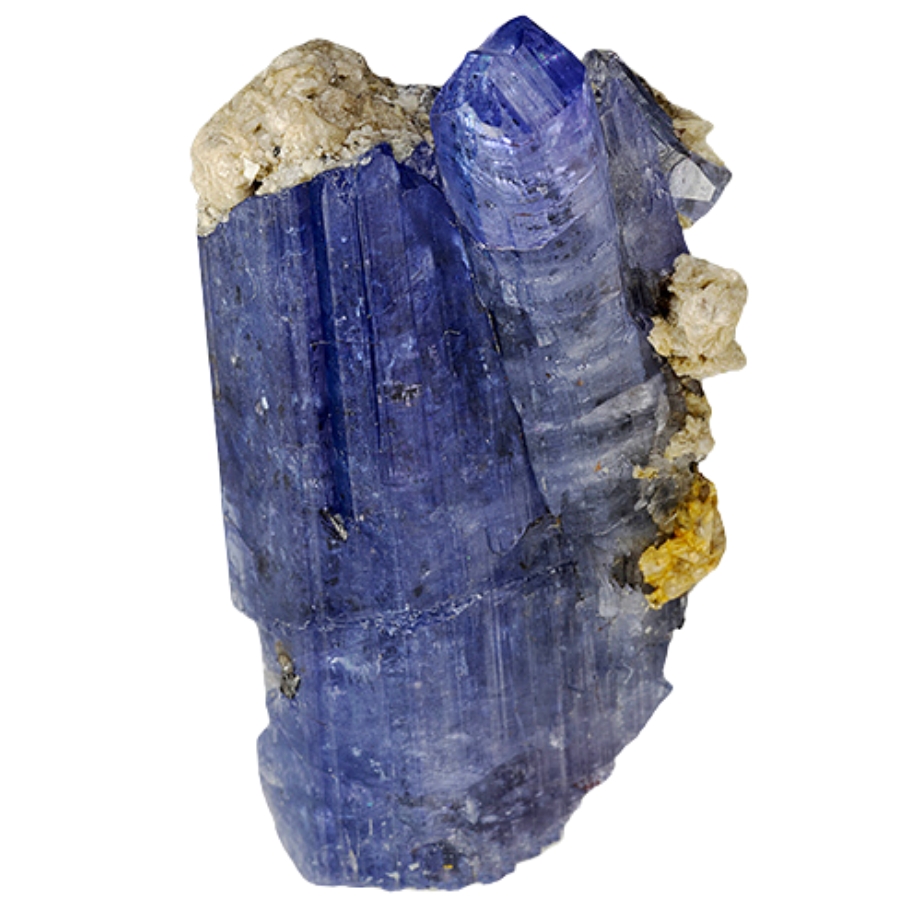
A beautiful stone called tanzanite is known for its bright blue-violet color. That’s the only place in the world where it’s found. It was found in 1967 near Mount Kilimanjaro in Tanzania.
It’s a type of the crystal zoisite. It’s very trichroic, which means that it appears in three different colors when viewed from different angles: blue, violet, and burgundy. Its one-of-a-kind color can run from light lilac to very dark blue.
A big jewelry business promoted this stone, and it became very popular very quickly after it was found. It’s mostly used to make rings, chains, and earrings.
Because tanzanite is lighter than sapphire and ruby, it needs to be handled carefully to keep it from getting scratched or broken.
It’s very hard to find and comes from only one place, making tanzanite a very valuable rock.
Light Blue Crystals
This section talks about the peaceful and relaxing world of light blue gems, known for their soft colors that make you think of clear skies and calm seas. These gems are very popular in jewelry.
Aquamarine
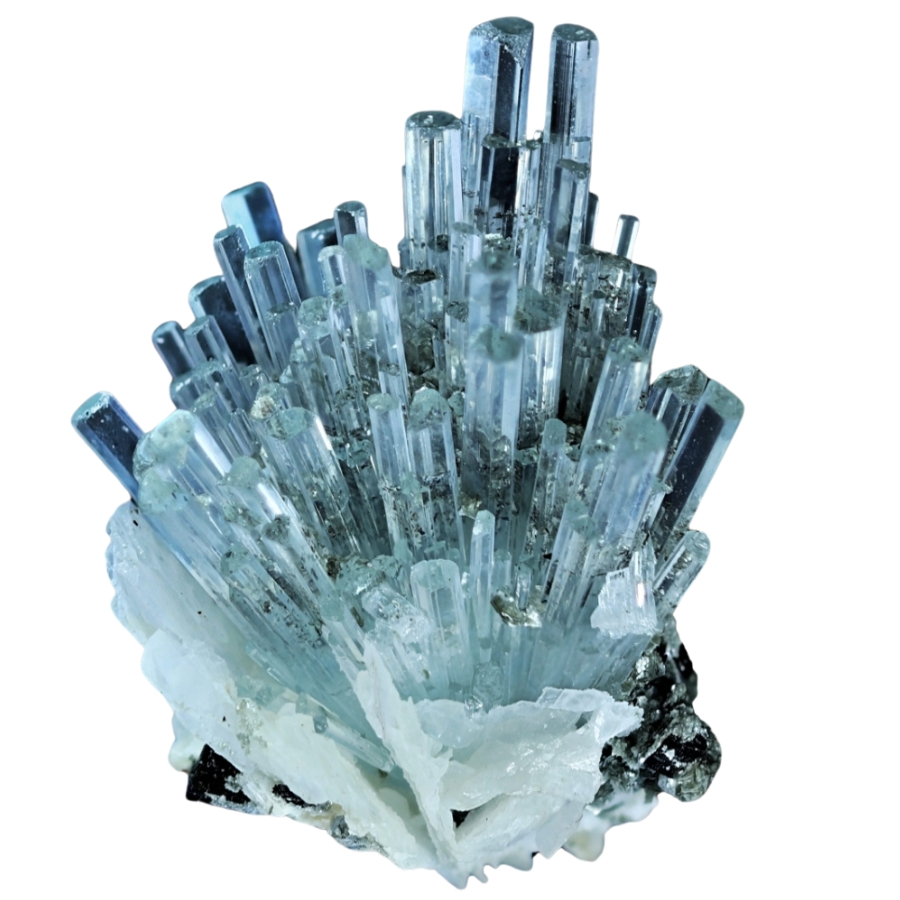
Aquamarine is a lovely light blue crystal that makes people think of the ocean. Its name comes from the Latin words “aqua,” which means “water,” and “mare,” which means “sea.”
Aquamarine is a type of beryl, which is the same material family as emerald. Iron gives it its blue color, though.
In the past, sailors wore aquamarine to stay safe and have luck at sea. People have respected it for hundreds of years and thought it could heal illnesses, especially those affecting the heart, liver, and stomach.
The biggest and most beautiful aquamarines can be found in Brazil, where this gem is most common. Mozambique, Nigeria, Madagascar, Zambia, Pakistan, and the United States, especially Colorado, are some of the other places where it comes from.
Because of its beautiful color and clarity, aquamarine is often used in jewelry. Rings, chains, earrings, and bracelets are often made from it after cutting it into different shapes. It’s good for everyday wear because it’s pretty tough.
Anyone who likes clear, light blue crystals, like aquamarine, which can range from pale to deep sea blue, will love this stone.
Blue Topaz
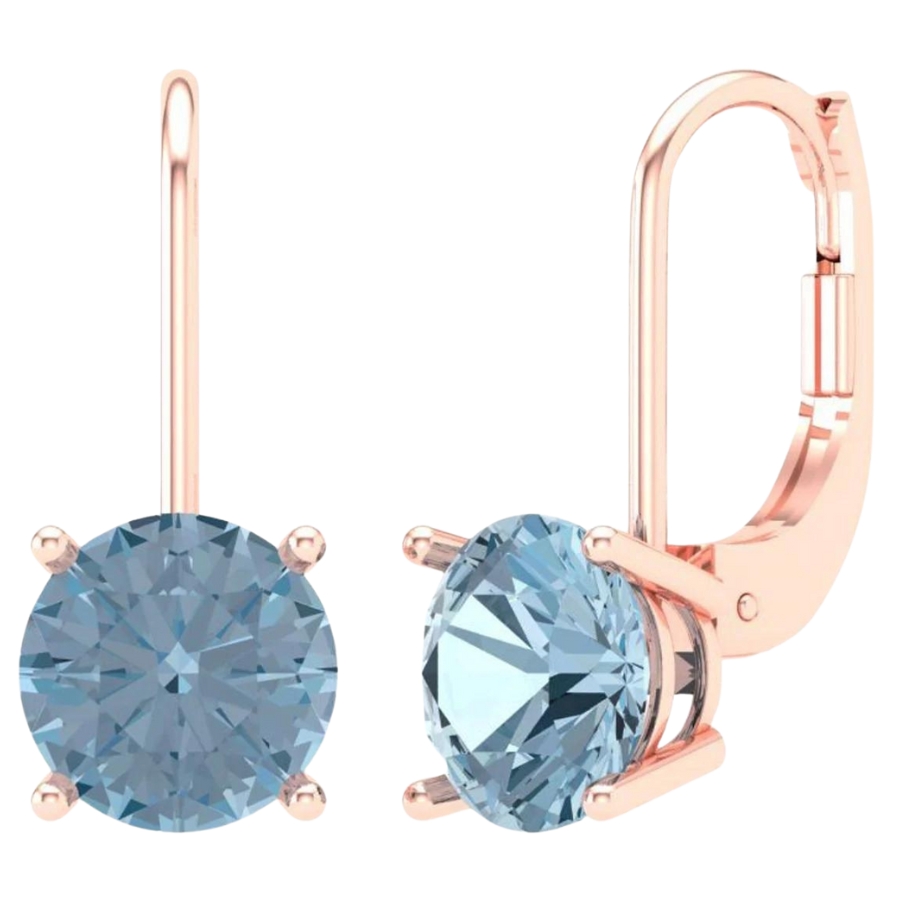
Blue topaz is a beautiful stone that comes in many shades of blue, from light sky blue to deep ocean blue. “Topaz” comes from the Greek word “Topazios,” which was the old name for St. John’s Island in the Red Sea, where the yellow stone was found.
Blue topaz that is found in nature is very rare. Most of the blue topaz used in jewelry today is made by heating and irradiating clear or lightly colored topaz.
Brazil, the US, Sri Lanka, Africa, and Russia are some of the main places where it comes from.
Blue topaz is often used in jewelry because it’s clear, lasts a long time, and is cheap. It’s often used to make bands, rings, necklaces, and earrings.
It’s a birthstone for December and is also used to celebrate 4th and 19th wedding anniversaries.
Some people value blue topaz not only for its beauty, but also because they think it can help them communicate clearly and calmly. A lot of people love it because it’s easy to find and can be used in a lot of different jewelry styles.
Chalcedony
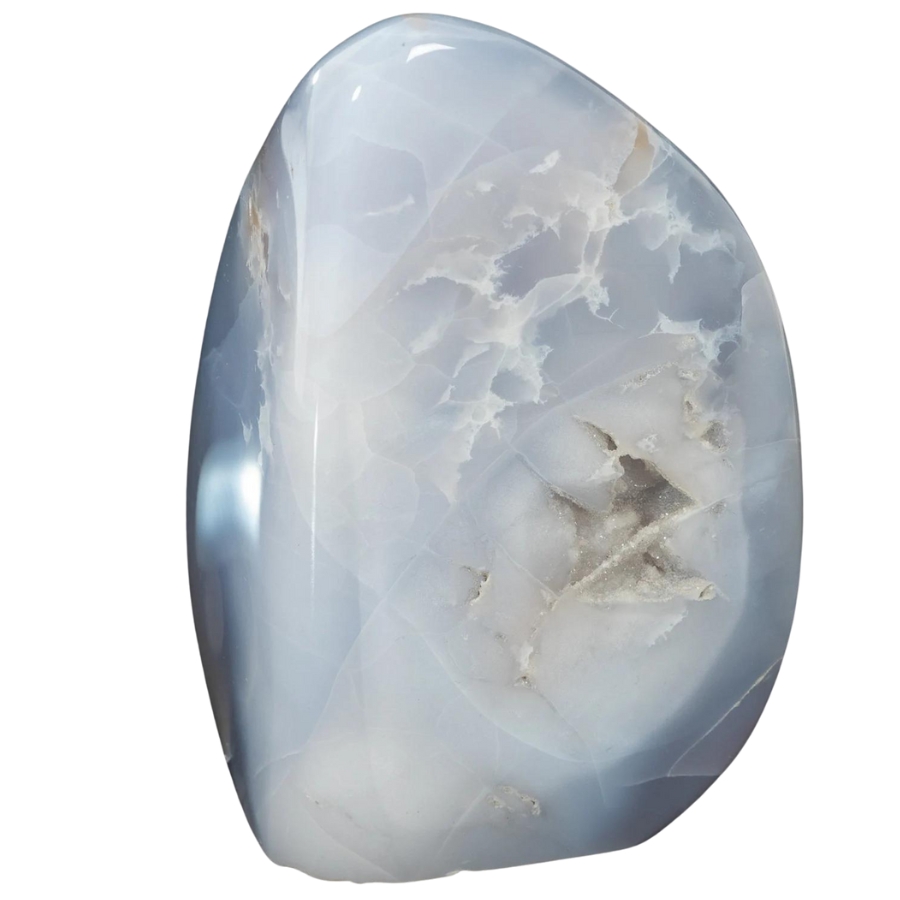
Chalcedony is an interesting gem that has a shiny sheen and comes in many colors, but its light blue color is what makes it famous. The name “chalcedony” comes from Chalcedon, which is now in Turkey and was once a port city.
We can’t see these tiny crystals with the naked eye because they are so small. The stone is a type of quartz.
In the past, people from cultures like the Romans and Egyptians used chalcedony to make jewelry and carvings. Native Americans also used it to make tools and holy things.
This gem can be found worldwide, but Brazil, India, Madagascar, Uruguay, and the United States are some of the most important places to find it.
Each chalcedony stone is unique because it was formed in a different place, which results in different colors and shapes.
Because it’s hard and lasts long, it’s often used to make ornaments. It’s used to make bands, rings, earrings, and necklaces. It’s easy to shape-cut and often finished to a high shine.
Chalcedony is a valuable gemstone in many countries because of its many colors, patterns, durability, and historical importance.
Jeremejevite
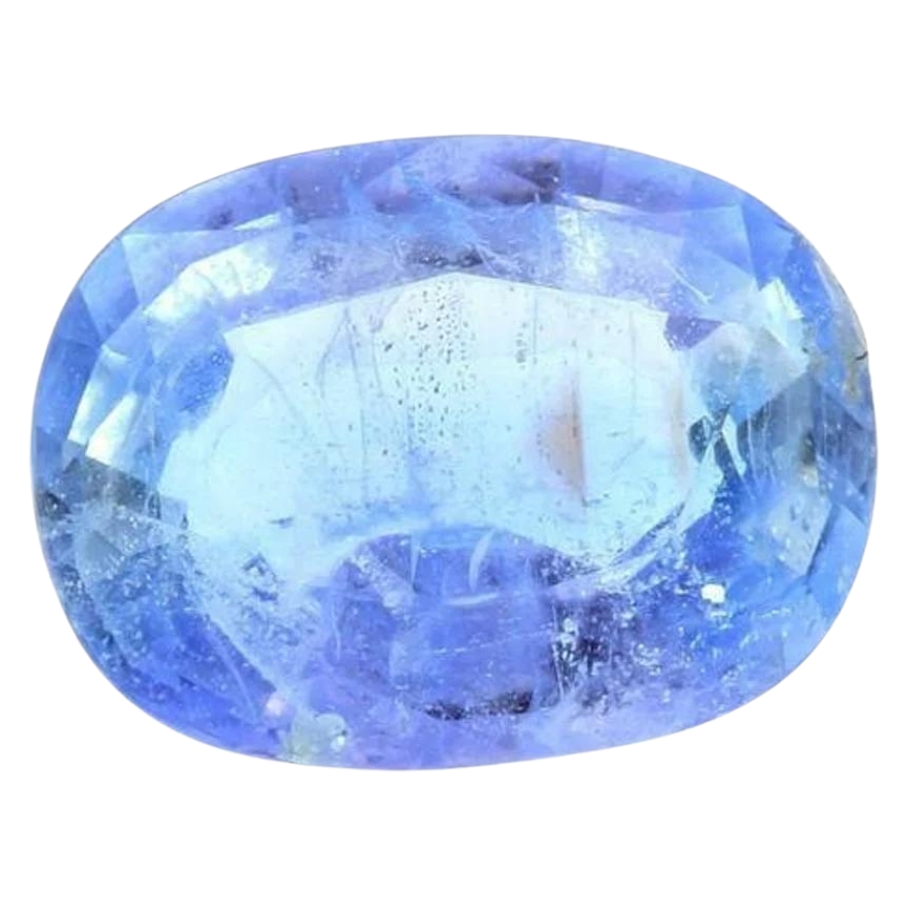
The beautiful and rare mineral jeremejevite was first found in Russia in 1883. It was named for Pavel Eremeev, a Russian mineralogist (which is also written as Jeremejev in German).
This gem is known for how clear it is. It can be white or have shades of pale yellow, light blue, or even pale violet.
One of the coolest things about jeremejevite is how rare it is. Collectors think it’s very special. Also, it’s very hard, almost as hard as diamonds, so jewelry can be made out of it.
It’s very uncommon, though, so you don’t see it in rings or chains very often.
Most of the time, you can find jeremejevite in Namibia, mostly in the Erongo Mountains. Madagascar and Russia are two other places that get stones, but they don’t usually make gem-quality stones.
It’s very rare, very clear, and has very different colors, which makes jeremejevite a very valuable rock. Mineral collectors and fans are especially interested in it because they like how unique it is and how valuable it is to own such a rare gem.
Smithsonite
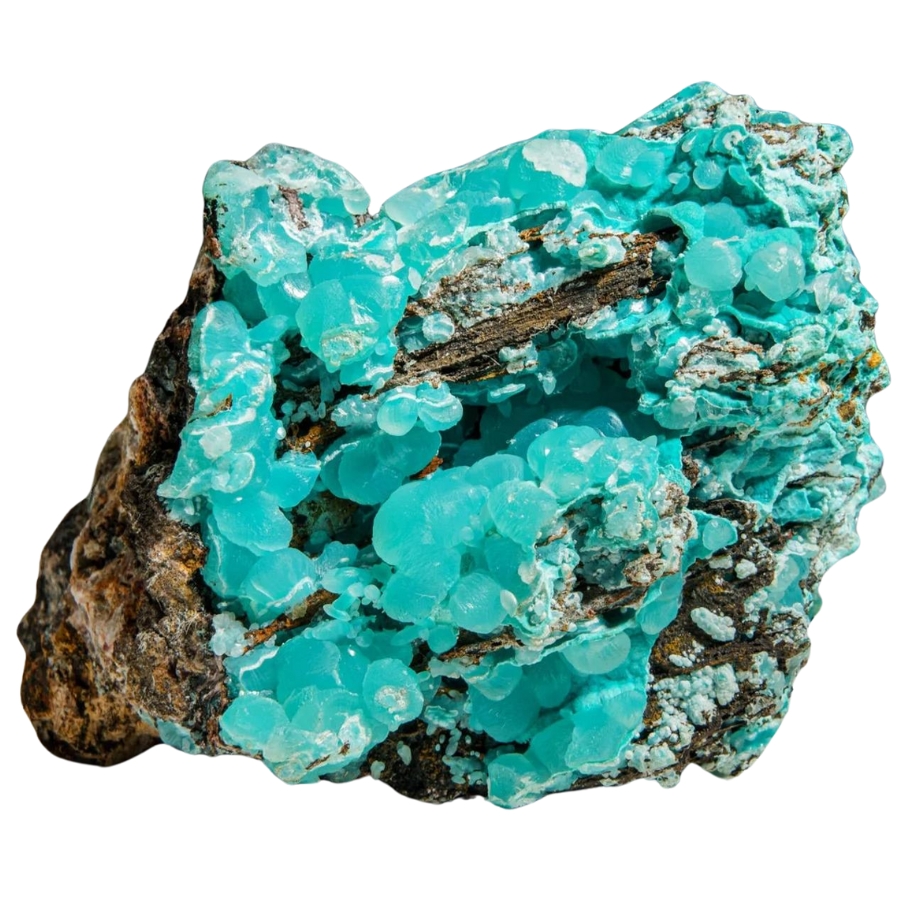
The crystal Smithsonite is one of a kind and looks great. It can be blue, green, pink, or even colorless. Smithson, who started the Smithsonian Institution, is remembered in its name.
The mineral is zinc carbonate, found on top of zinc ore formations. Smithsonite was once mistaken for hemimorphite, which is another zinc mineral. Researchers didn’t figure out they were two different rocks until the 1800s.
It’s not just pretty, Smithsonite was also a major source of zinc, which was used to make zinc and brass.
Many places around the world sell Smithsonite. The US, Greece, Italy, Namibia, and Australia are some of the most important sources. People love the bright blue and green colors of Namibian stones.
Smithsonite is valued for its beauty and variety of colors. It’s used to make jewelry, but be careful because it isn’t very hard. People also collect it because it’s hard to find and the crystals have interesting shapes.
It’s a mineral that collectors and gem lovers love because it looks nice, comes in many colors, and is hard to find.
Turquoise
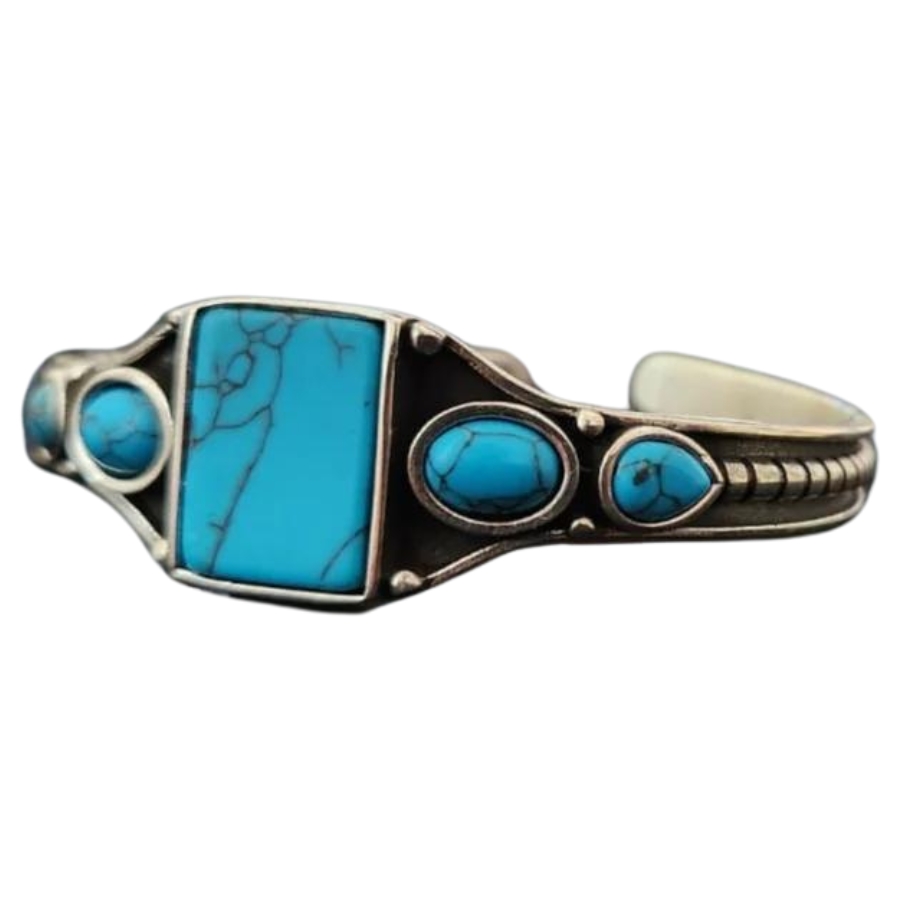
The beautiful blue-green color of turquoise makes it a well-known gem. The word “turquoise” comes from the French word “turquois,” which means “Turkish.”
This is because the stone was first brought to Europe from Turkey. One of the few rocks whose name comes from its color, this gem is one of a kind.
People have loved turquoise crystals for a very long time. It was used by the Egyptians to make jewelry and decorate important things.
This stone can be found in dry, dusty places. Iran, Mexico, China, and Egypt are some of the main sources.
The United States, especially the Southwest, is another. People love the beautiful sky-blue color of Iranian turquoise more than any other kind.
Turquoise is mostly used to make jewelry. It’s often used as beads or cut into cabochons, which are smooth, round stones. To keep it from getting scratched, turquoise should be handled carefully because it is soft.
People value turquoise for more than just how pretty it is. A lot of people all over the world love blue because of its unique color and cultural meaning.

